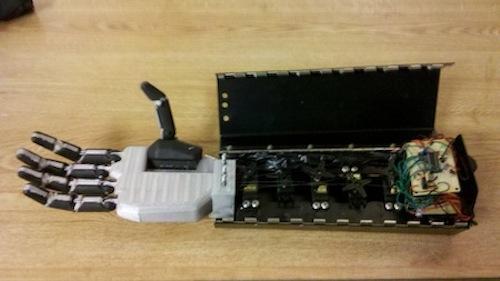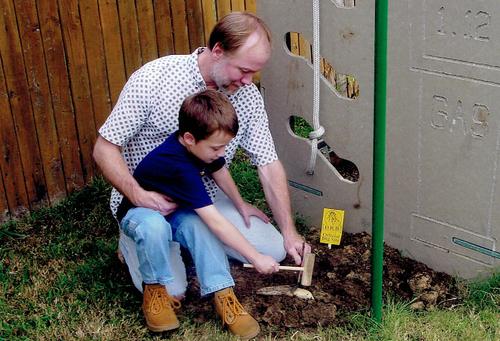April 3, 2014

In the universe of fastening and joining technologies available for attaching thin metal assemblies, self-clinching fasteners display a wide array of advantages. Their overarching function is to provide permanent, reusable, load-bearing threads to accept mating hardware in metal sheets too thin to be tapped, or where extruded or stamped threads would be impractical.
Upon installation (usually during fabrication), self-clinching fasteners become integral parts of an assembly and will not loosen or fall out, even when the mating thread is removed. They never have to be restrained from rotation with a tool, and they will never have to be handled again. They allow component removal and reattachment for access or service, and they can dramatically reduce the amount of hardware required in an assembly by eliminating loose washers, lock washers, or nuts. Fewer parts enable lighter designs, quicker assembly, lower production costs, and optimized end-product reliability.

Dozens of types and thousands of variations of self-clinching fasteners (steel, stainless steel, or aluminum) have been engineered. The notable product families include threaded and through-hole spacers and standoffs, captive screw assemblies, cable tie mounts and hooks, and face-to-face panel mounting hardware. "Micro" self-clinching fasteners have expanded application possibilities, especially in consumer electronics, with smaller threads and thinner sheets.
Each attachment application presents particular requirements or challenges for engineers. Some fundamental facts about self-clinching fasteners can help lead to successful outcomes.
The fastener must always be harder than the sheet in which it will be installed.
Regardless of type, self-clinching fasteners install permanently in thin, ductile metal sheets by pressing them into place in a properly sized hole and applying sufficient squeezing force. The fastener's serrated clinching ring, knurl, ribs, or hex head is forced into the panel surface, displacing sheet material into an undercut, a specially designed annular recess in the fastener's shank or pilot. The displaced metal secures the fastener against axial movement. A nonround displacer secures the fastener against rotation, resulting in a permanent installation.
Due to the requirements of this process, metal sheets into which the fastener will be installed must exhibit adequate ductility to allow the displaced sheet material to cold flow into the undercut without fracturing. The host metal sheet must also be softer -- typically by 20 points on the Rockwell Hardness B or C scale -- than the fastener to prevent fastener deformation during installation and to promote in-service reliability.
Host sheets must meet the minimum thickness recommended for the fastener.
If the host sheet is too thin to accommodate the fastener, failure can follow. Most legacy self-clinching fasteners can be installed reliably into sheets as thin as 0.76 mm (or 0.51 mm for several traditional product families). Trends toward thinner sheets have prompted new products to satisfy those applications with sheets as thin as 0.3 mm. Typically, there's no limitation on maximum sheet thickness.
About the Author(s)
You May Also Like





